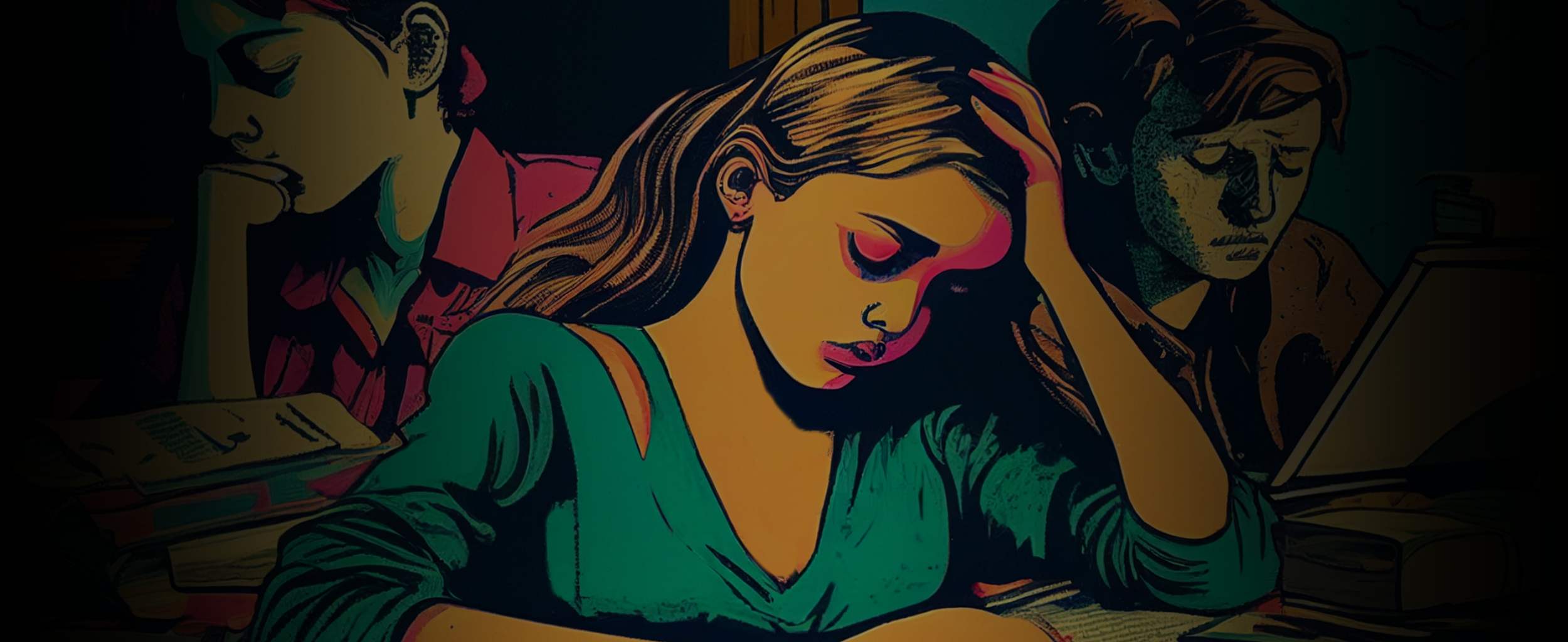There is a growing problem facing colleges and universities across the globe: student disengagement. According to a recent study, “only 46% of students feel engaged at school in 2021, a significant decrease from 53% in 2019 and 65% in 2018.” This crisis of boredom and apathy has significant implications for student success. As you may expect, research has shown that students who are more engaged in their coursework are more likely to persist and graduate and “92% of teachers say that student engagement is a key driver of success. Educators also point to attendance and student learning satisfaction as important for academic success.”
But fear not, dear students (and educators), gamification, and interactive virtual reality (VR) learning may just be a solution to this crisis of disengagement.
First, let’s address the elephant in the room: college is expensive. Like, really expensive. And with tuition costs continuing to rise, students are under more pressure than ever to succeed academically. This can lead to a focus on grades and achievement, rather than on learning and growth. But where’s the fun in that? Gamification can help to change the focus from grades to learning by incorporating elements of game design, such as challenges, points, and rewards. This can make learning more interactive and enjoyable, leading to increased motivation and engagement.
One of the biggest challenges faced by educators today is the issue of student distraction. With the proliferation of smartphones and computers, it can be difficult for students to stay focused during class, as they are constantly bombarded with notifications and temptations from social media and other online distractions. This can lead to a lack of engagement and a decrease in learning outcomes. However, using games as a teaching tool can help to redirect students’ attention back to the learning material (and monopolize the device they’d be using to browse Instagram or YouTube). By providing a more interactive and enjoyable learning experience, games can help to inherently increase motivation and engagement, leading to a greater focus on the learning rather than on external distractions. And let’s be real, who wants to read yet another dense, 2D, dry textbook? Immersive VR can also play a big role here. By allowing students to experience concepts and scenarios firsthand, VR can make learning more immersive and relevant. Imagine being able to step inside a virtual museum and explore ancient artifacts, or participate in a virtual reenactment of a historical event. With VR, learning becomes more than just reading about a concept in a textbook – it becomes an interactive, immersive experience.
But don’t just take our word for it. Research has shown that gamification and VR can significantly improve learning outcomes. Just take a look at this article where we outline 13 case studies showing the power of VR for learning. On top of this, a recent study published in the journal Educational Technology Research and Development found that VR can be effective for improving spatial understanding and problem-solving skills, and research frequently shows that games can be effective for learning, as well as boosting motivation, engagement, attitudes, enjoyment, state of flow, and more.
Of course, gamification and VR are not magical “instant fix” solutions for student disengagement. There are still challenges to overcome, such as the cost and accessibility of VR and other specialized hardware, as well as the ability to create compelling content without learning how to code. But like we’ve seen with so many technological shifts, as time goes on, the price and barriers to entry will lower and the technology will become more widespread. When they hit the proverbial tipping point, these interactive mediums will significantly transform the way we interact with information, learn, and advance as humans.
So next time you find yourself struggling to stay awake through yet another boring lecture, remember that there are alternatives out there. Gamification and VR may just be the key to unlocking a more engaging, interactive, and meaningful learning future.



